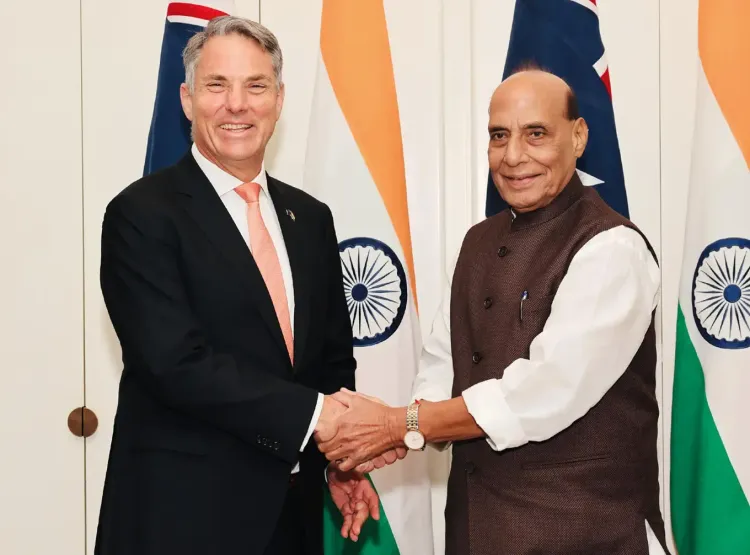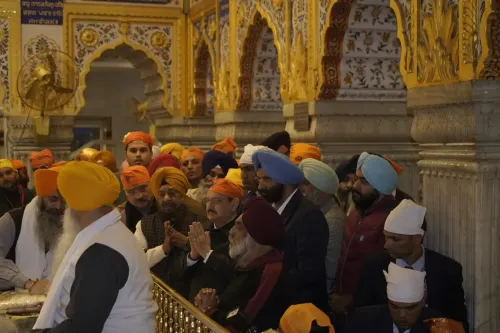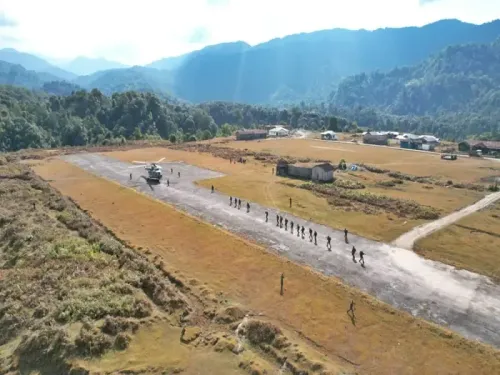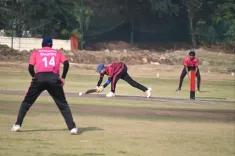How is the India-Australia Relationship Evolving from Strategic Alignment to Operational Depth?

Synopsis
Key Takeaways
- Rajnath Singh's visit marks a historic shift in India-Australia relations.
- The arrangement on submarine rescue enhances bilateral cooperation.
- Joint Working Groups will focus on modern defence technology.
- Australia and India are committed to reducing sustainment risks.
- The partnership is expanding into a broader regional role.
Canberra, Oct 24 (NationPress) The recent visit by Defence Minister Rajnath Singh to Australia – marking the first time an Indian Defence Minister has visited in 12 years – has significantly deepened the Australia–India relationship, shifting it from mere strategic alignment to true operational depth, according to a report released on Friday.
This visit coincided with Exercise AUSTRAHIND, a bilateral land exercise taking place in Perth, Australia, from October 13 to 26, which focuses on company-level operations in both urban and semi-urban environments.
The report from the Australian Institute of International Affairs noted, "The visit of India's Defence Minister Rajnath Singh on October 9-10 highlighted a pivotal moment in Indo-Australian relations. It resulted in tangible, forward-looking defence and security cooperation outcomes that resonate with the Indo-Pacific strategies of both nations."
As the visit occurred during the fifth anniversary of the Comprehensive Strategic Partnership, it underscored the perception of each country as a security partner, emphasizing how the operationalization of strategic alignment across maritime security, industry, logistics, defence technology, and intelligence sharing shapes this partnership.
The dialogue during Singh's visit led to the inaugural Australia–India Defence Ministers' Dialogue, culminating in a detailed joint statement. A key highlight was the Australia–India Implementing Arrangement on Mutual Submarine Rescue Support and Cooperation.
“This arrangement will not only enhance trust and coordination in undersea operations between the two nations but also serve as a countermeasure to China’s influence in the Indian Ocean, often characterized as a two-ocean strategy. The creation of Joint Staff Talks is another significant advancement, offering a solid platform for joint exercises, operations, and interoperability across various domains,” the report elaborated.
Highlighting the strategic importance of defence-industrial collaboration, the report stated that Australia and India have committed to working together on modern defence technologies, including the establishment of Joint Working Groups focused on defence industry, research, and materiel.
“India will continue to provide maintenance, repair, and overhaul (MRO) services for the Royal Australian Navy's vessels in Indian shipyards while they are stationed in the Indian Ocean, marking another practical step in reducing the sustainment timeline,” it added.
The report emphasized that Singh's visit produced notable results on three fronts.
“First, it transforms the political and strategic alignment between Canberra and New Delhi into operational frameworks, such as submarine rescue, MRO, staff talks, and refuelling. Second, it promotes industrial reciprocity that mitigates sustainment risks for both parties while accelerating capability development and innovation. Third, it broadens the bilateral partnership into a more extensive regional role, all while avoiding binding treaty commitments, which aligns with both nations' strategic preferences,” the report concluded.










